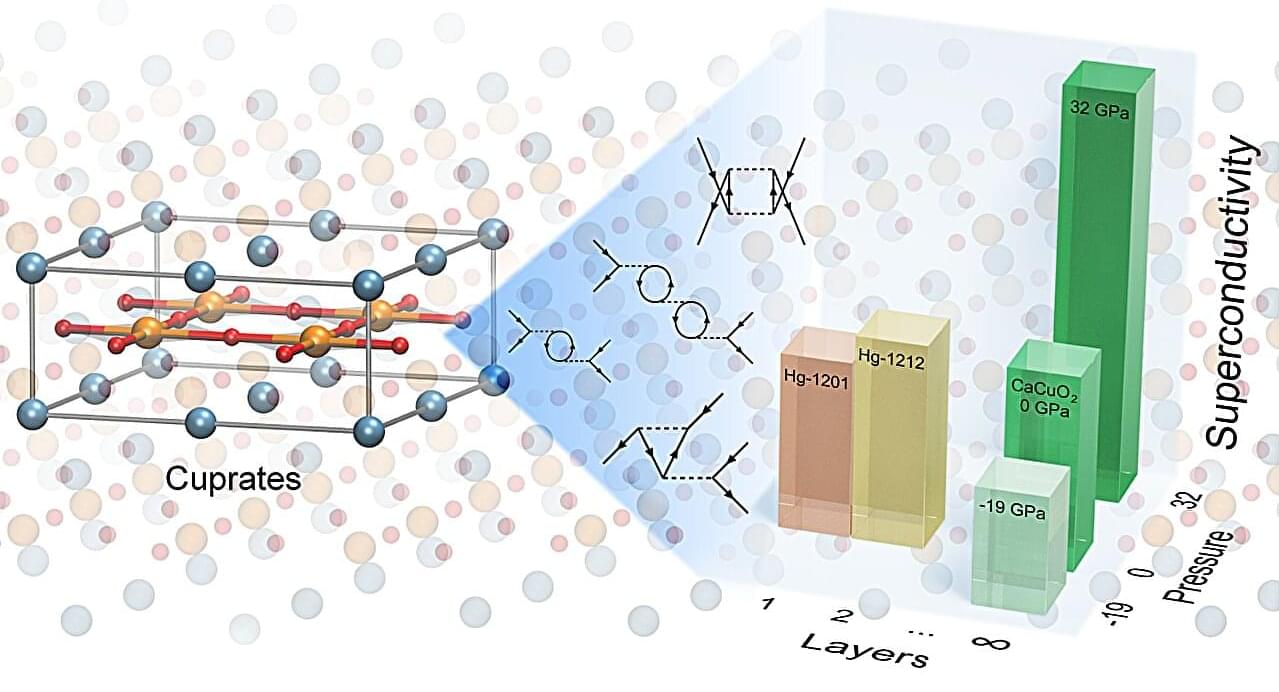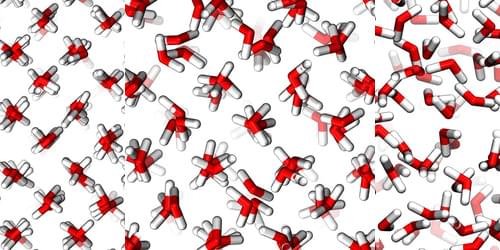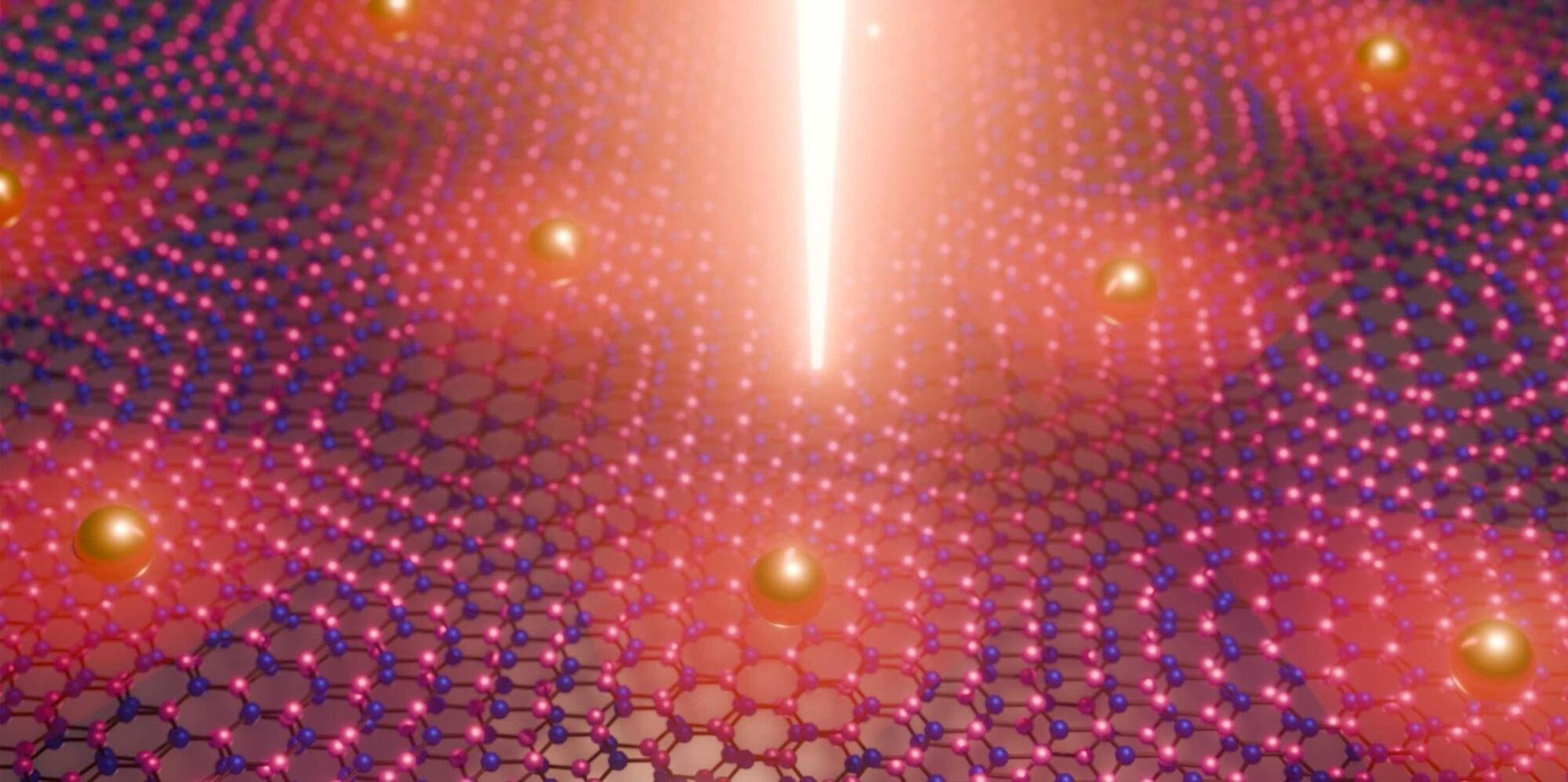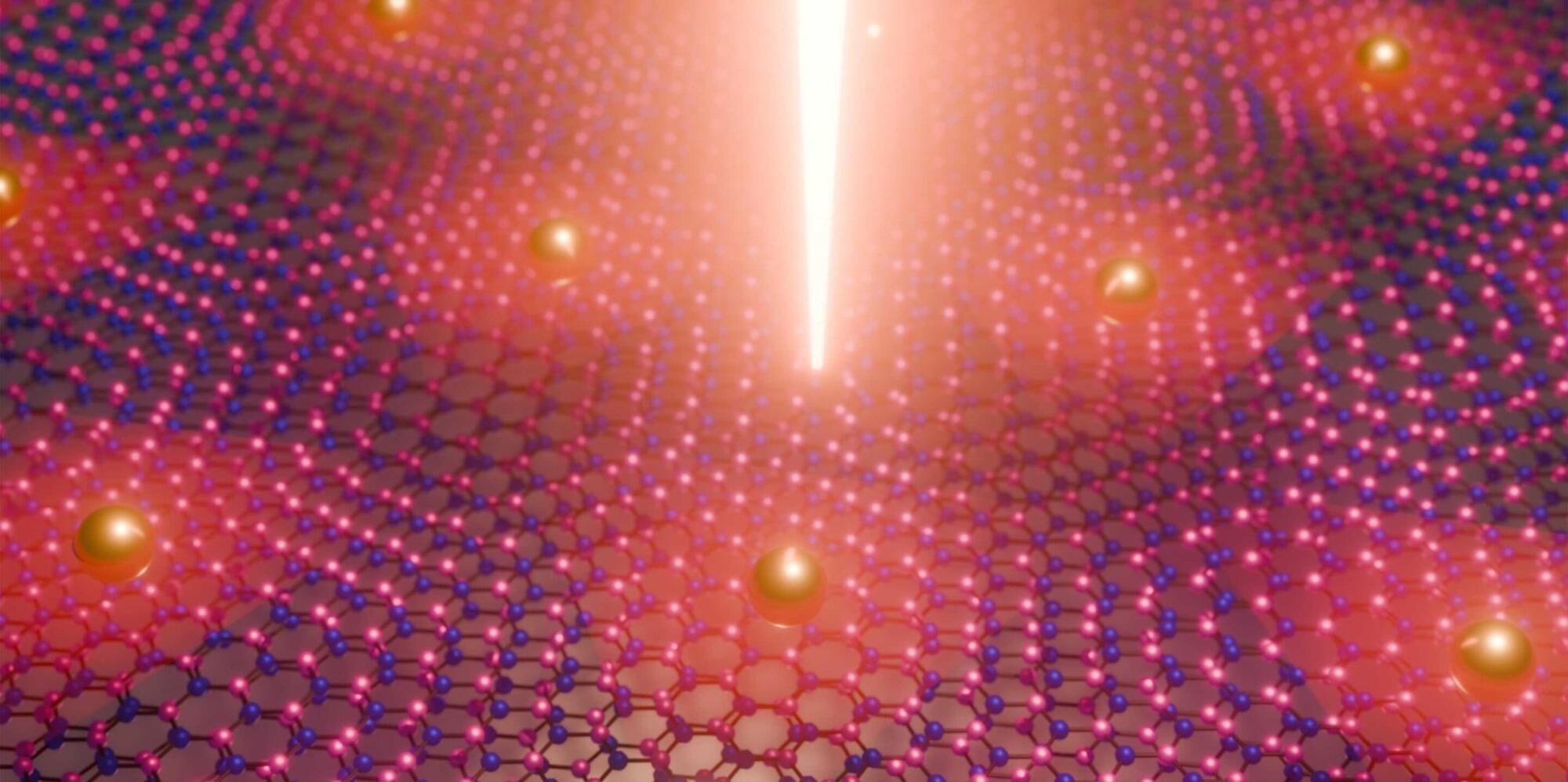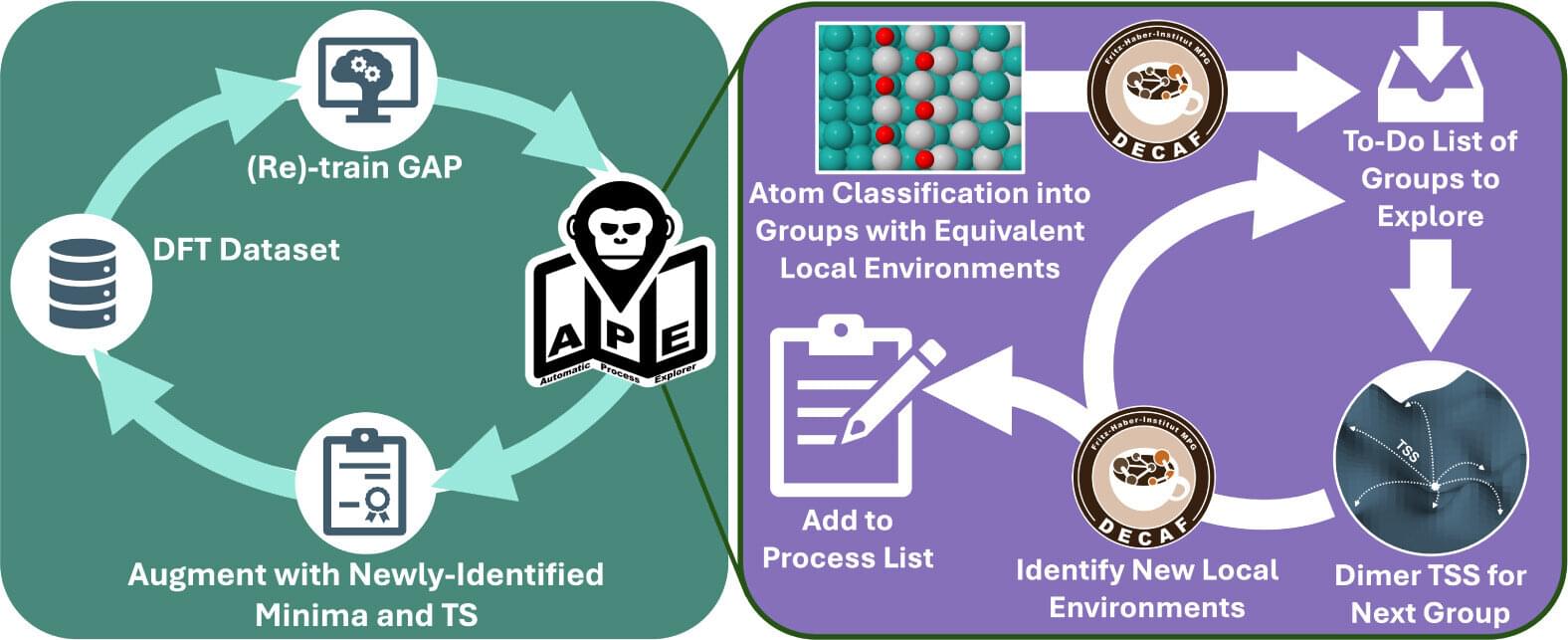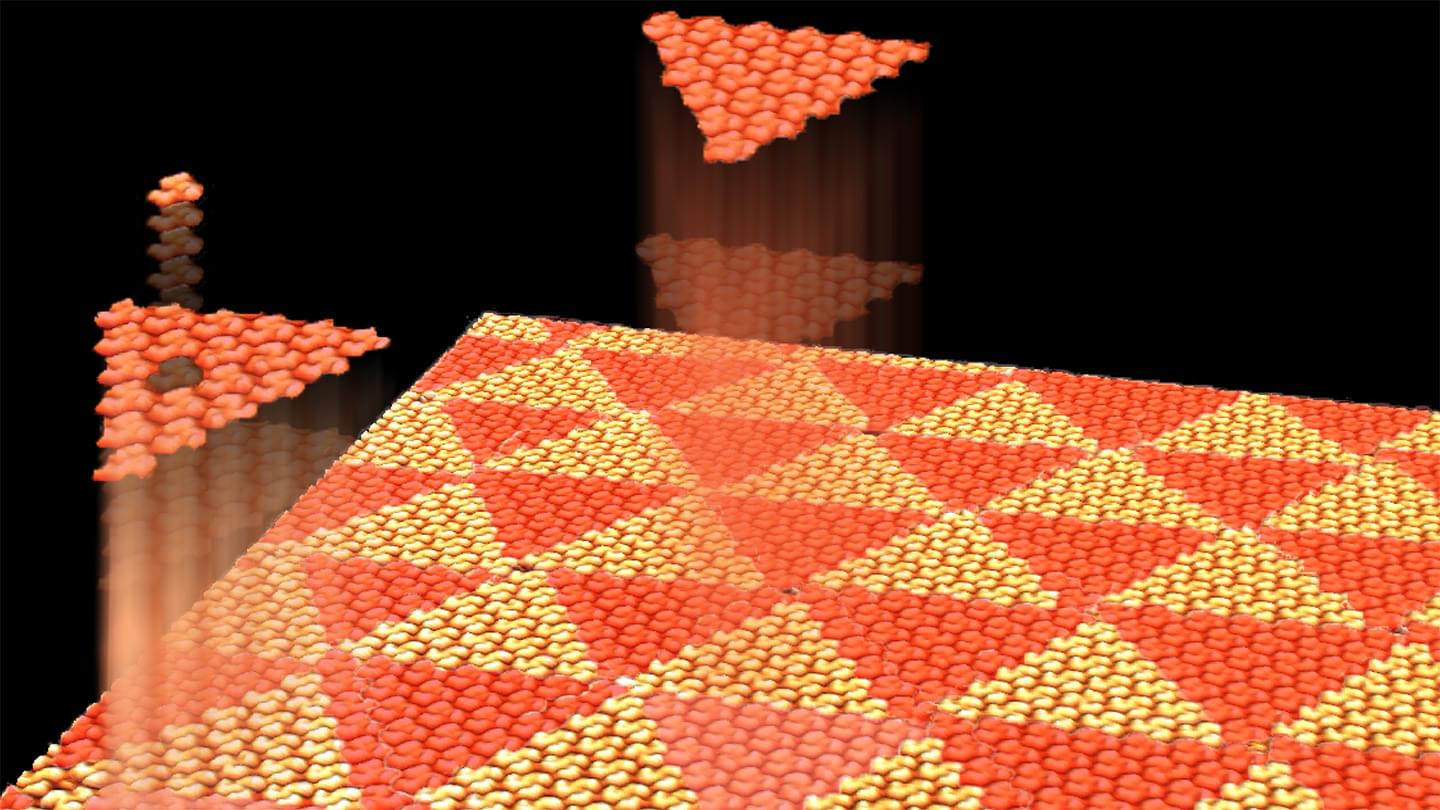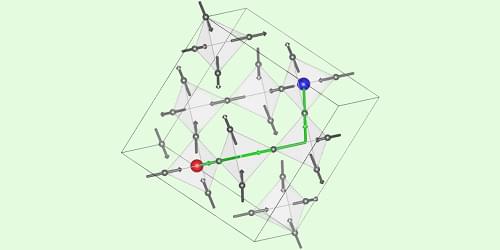Ever since their discovery almost four decades ago, high-temperature superconductors have fascinated scientists and engineers alike. These materials, primarily cuprates, defy classical understanding because they conduct electricity without resistance at temperatures far higher than traditional superconductors. Yet despite decades of research, we still don’t have a clear, comprehensive microscopic picture of how superconductivity emerges in these complex materials.
During my Ph.D. at Caltech, I was intrigued by the profound puzzle presented by high-temperature superconductors: Can we directly compute their superconducting properties from fundamental quantum mechanics without relying on simplified models or approximations? With this question, I embarked on a challenging but rewarding scientific journey.
